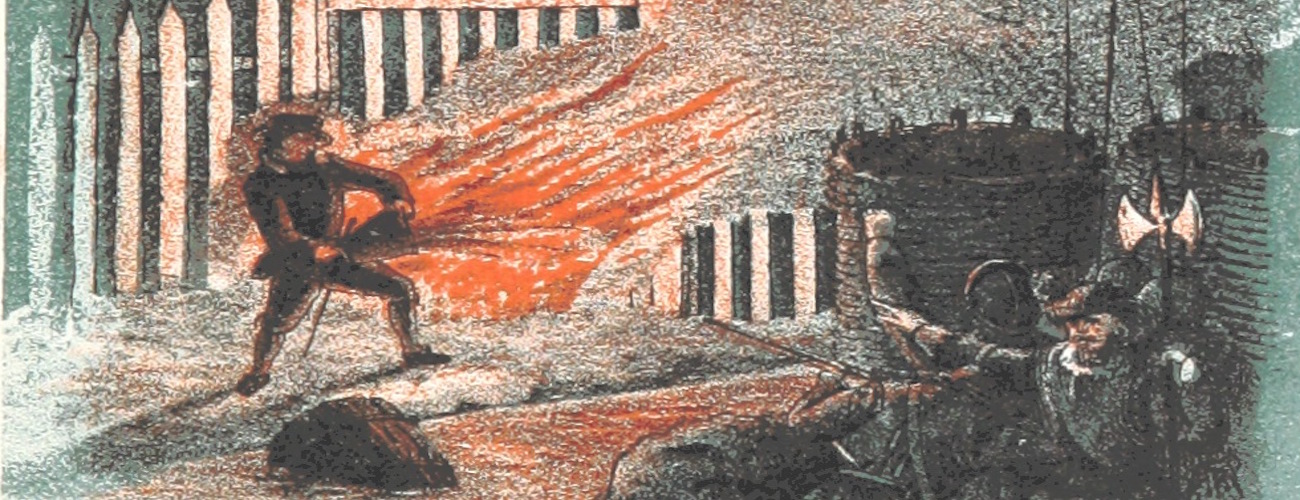Destory History: Second Response

Merging games and history is never an easy task. Over the last several years, I’ve written periodically about what games integrate history well and what games fall short. The games that succeed usually find a compelling compromise between entertainment and education in a way that keeps the player interested without overloading them with information. The bulk of these games, however, use historical settings, figures, and events as window dressing for a larger fictional story. In order to place players in recognizable scenes, developers often depict events based on historical memory, rather than historical accuracy.
In Assassin’s Creed III, for instance, the protagonist, Connor, witnesses the Boston Massacre. Despite decades of historical writing that have provided a nuanced chronology of the night’s events, Connor witnesses the Boston Massacre almost exactly like it was portrayed in Paul Revere’s 1770 engraving. The crowd arrives at the Boston Customs House to find that a British officer has arranged his soldiers in a line to defend the building. A mysterious man fires upon the crowd from a nearby building, encouraging the officer to order his men to fire. Like Revere’s engraving, the crowd is largely anonymous and does not include Crispus Attucks or any other people of color. The scene is historically inaccurate, but what can be done if our collective memory pictures it this way?
In Destory History, Lucas Coyne explores this question through the idea of “historical instability.” The protagonist is able to travel back in time to “fix” errors in historical memory. Despite your best efforts to eliminate persistent myths and outright errors, the player cannot eliminate the instability entirely. As Coyne argues, erasing problematic history is fundamentally easier than “providing more context or correcting mistaken impressions,” but that doesn’t mean either strategy will change how the public remembers the past. Historical memory is stubborn, and historians expend an enormous amount of time and energy in the hopes that their interventions can influence it in any way. Although historians will continue to hone and improve our understanding of the past, individuals and groups will continue to repurpose history to justify their views and actions. Myths and legends were traditionally used to explain social, cultural, and natural phenomenon. Their power lies not in their accuracy, but in how they can be used to reinforce beliefs.
By addressing historical memory in his game, Coyne has devised an entertaining method to address real issues in education and in public dialogue. Games will continue to use historical settings as window dressing, but they’ve continued to improve as historians and other scholars have weighed in on their impact. As one of the most popular forms of modern media, games hold the potential to help influence public memory. History will always be volatile and unstable, but correcting mistaken impressions through popular entertainment and academic scholarship can ultimately help steer the conversation and subsequently, how our past is remembered.
Cover Image "Image taken from page 165 of 'Earthquakes. Translated ... by C. B. Pitman, etc'" British Library
Masthead Image "Image taken from page 57 of 'Steenwijk verdedigd door Johan van den Kornput 1580-81. Naar oorspronkelijke bronnen bewerkt. (Bijlagen.)" British Library
